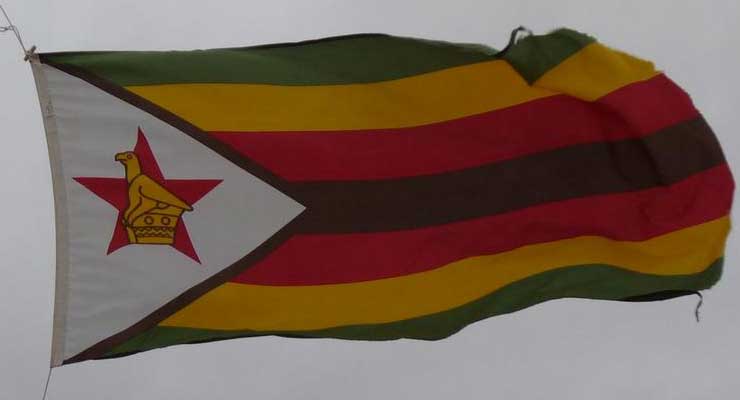
For a long time, we’ve been trapped in a cycle of ever-escalating political polarization in Zimbabwe. This can easily be measured through voting patterns in presidential and parliamentary elections. The two ruling parties, ZANU-PF and MDC, have pulled apart to distances we’ve never seen before. As measured by consistent partisan positioning among voters, the split in the Zimbabwe’s electorate has reached the apex. But this is about to end.
We’ve now hit a new level of divisiveness and polarization in my country. The forces that have fueled the widening gap between the two main political parties are now fueling fights within the parties, fights that will probably lead to a new trajectory for Zimbabwean politics. Eventually, a realigning of the two parties is likely.
The main reason polarization has increased is that, over the past two decades, conflict in Zimbabwean politics has increasingly operated along a single dimension: the ruling ZANU-PF party versus the opposition MDC party. We have witnessed a large number of issues that should be nonpartisan or non-ideological become partisan issues. Almost every policy has now been swept into the ring fence of partisan contest, leaving almost no space for the cross-partisan pollination our political system has to rely on to function.
For polarization to persist like it has, two things must happen. First, both parties have to maintain tight enough discipline over their followers and the political agenda to ensure consistent party voting through the unpopular whipping system. Second, in order for public polarization to persist, parties have to maintain tight enough message discipline among their grassroots leaders to ensure that their voters only hear their undiluted narrative.
This system maybe breaking down going forward. Although this isn’t the first time, MDC supporters are now in open warfare between current leader Nelson Chamisa’s supporters and those aligned to party Secretary-General Douglas Mwonzora ahead of the party elective congress early in May. At least for now, ZANU-PF is far less divided, but rumours of internal rifts between supporters of President Emmerson Mnangagwa and 2017 coup leader Vice-President General Constantino Chiwenga may be real and, if so, will likely heat up towards 2023 general elections.
ZANU-PF and MDC have always had a history of conflict. This conflict emerged on issues of sanctions imposed by western countries led by former colonial master Britain and the United States. Other issues like electoral reforms, budget deficit, government debt, international trade, and in growing anger over unregulated money in politics, poverty and corruption generally have also played a part.
In short, parties are increasingly divided on a growing range of issues that pit their lower-income voters who feel left behind by the current political-economic system against their higher-income voters who don’t want to mess too much with the status quo. These conflicts are not going away anytime soon.
This moment is the culmination of three intertwined but ultimately unsustainable trends that have supercharged polarization over the last two decades. Firstly, the unprecedentedly stiff competition during the presidential election fueled partisan nastiness and fed the trend towards unregulated campaign finance. Such a surge of political spending was open to abuse.
Secondly the demand for campaign dollars made the parties more dependent on wealthy donors that have since demanded kickbacks and favors. This has made the parties less responsive to their voters at least until the next voting cycle.
Finally, this lack of responsiveness provided plenty of evidence for corruption and feeling that politics is broken, which fueled anger. Both parties attempted to channel this anger against the other party to distract from their own failures and contradictions and win elections by rendering the other party toxic. This exacerbated the sense that politics is broken and corrupt.
Going forward, it is clear that political polarization in Zimbabwe has a reached climax and there is no doubt that a new trajectory is imminent within both ZANU-PF and MDC.
Leave a Reply